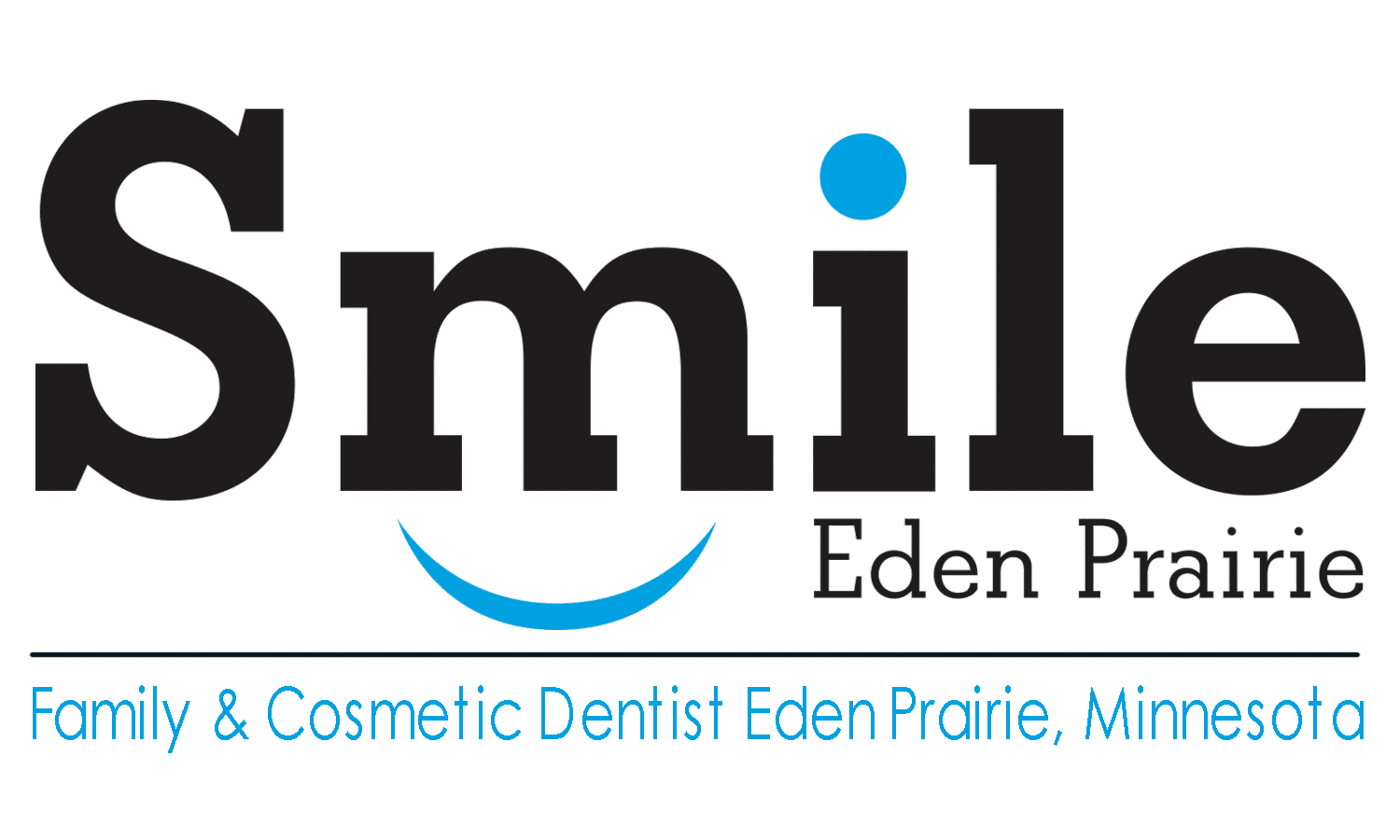What is Dental Bonding?
If you have a chipped, broken, or otherwise damaged tooth, you may be a candidate for dental bonding. It’s a simple and inexpensive procedure that your dentist can use to make your teeth look like new again, using composite resins that are molded into the required shape to restore their original appearance. Dental bonding can be used in fillings, as well, and also as a means of lessening unsightly gaps between teeth. A moldable material that can be shaped in a variety of ways, dental bonding can be an easy and cost-effective solution to a number of dental problems.
How Does Dental Bonding Work?
If you choose to undergo a dental bonding procedure, you can generally plan on one visit unless you have multiple teeth that require attention – these cases may require more than one visit. Anesthesia is generally not required, as dental bonding is not an invasive procedure.
First, your dentist will lightly etch the surface of the tooth where the bonding will be applied, and then coat the area with a special liquid to help the bonding material stick to the tooth. Then your dentist will apply a composite resin that has been carefully selected to match the color of your existing tooth. He or she will mold the material into the desired shape, harden it using a laser or ultraviolet light, and then further perfect the shape via sanding or polishing as needed. Within as little as half an hour, you can have a perfectly reshaped tooth that looks as good as new.
Does Dental Bonding Hurt?
No, dental bonding is a generally painless procedure that does not require the use of anesthesia or other pain medications. Most people who have dental bonding done leave their dentist’s office and go about their day as if nothing happened!
What does the Long-Term Care of Dental Bonding Require?
Having teeth with dental bonding does not substantially change the recommended practices for simply maintaining good oral hygiene. Brushing twice a day and flossing daily is always recommended to keep your mouth healthy and happy; having dental bonding does not change this basic advice. There are, however, a couple things to note about dental bonding that will help you avoid problems in terms of form and function.
For one thing, the composite resin that is bonded to your tooth (or teeth) is not quite as strong as the other teeth in your mouth and can break or chip somewhat more easily. While eating a frozen candy bar or chewing on ice might not be enough to crack or chip your unbonded teeth, this could be enough to damage composite resin, so care should be taken not to jeopardize the integrity of the work that has been done. If you do chip or break your dental bonding or feel any sharp edges, you should call your dentist right away to remedy any damage that has been done.
Furthermore, composite resin is slightly more prone to staining than your teeth, so you might choose to minimize your consumption of staining substances like tobacco, coffee, or red wine or simply brush your teeth shortly after consuming these substances.
